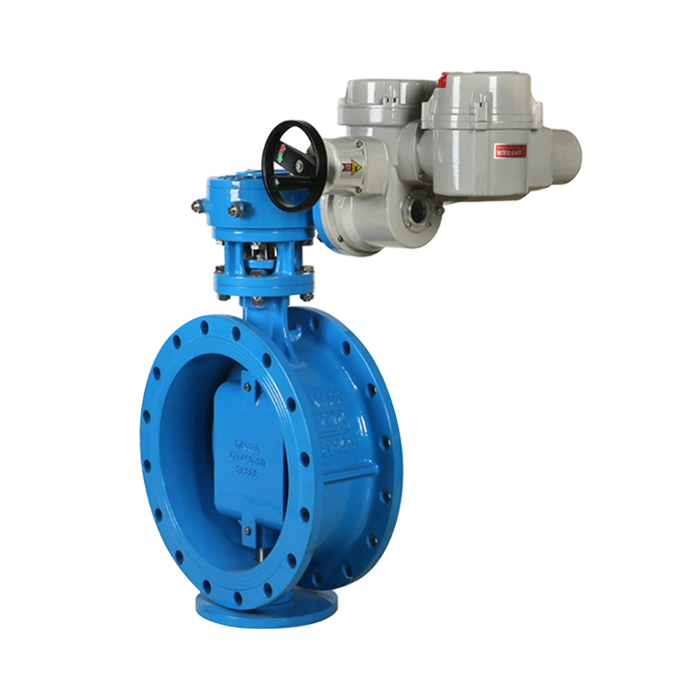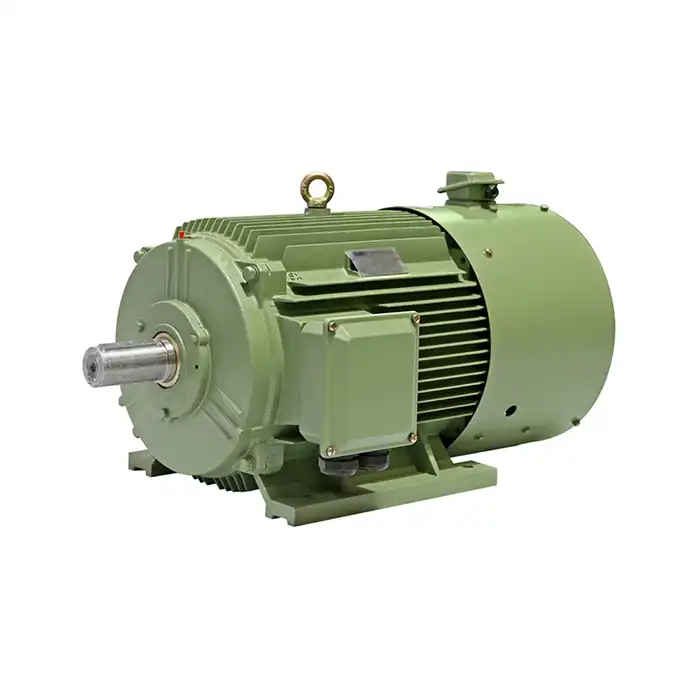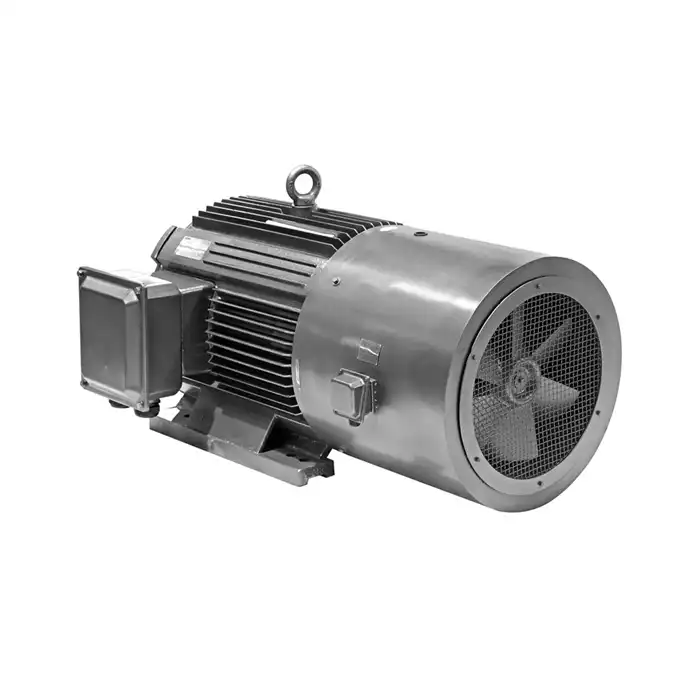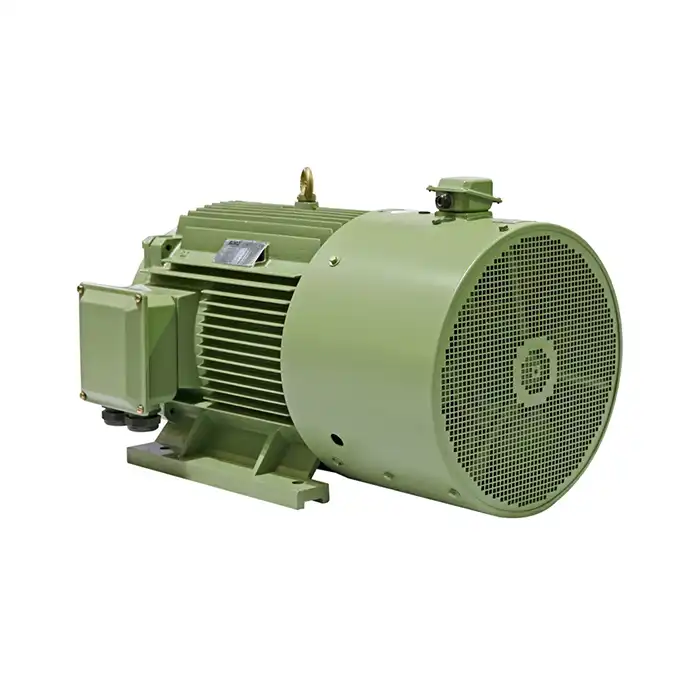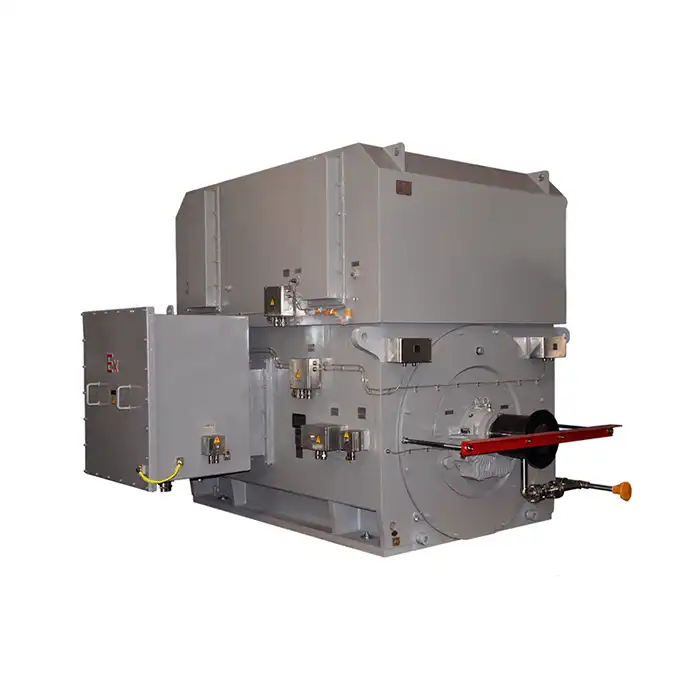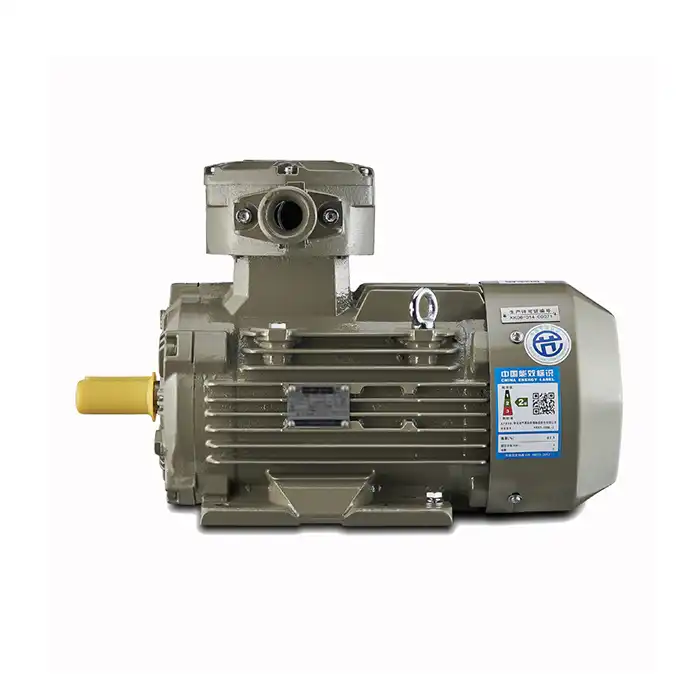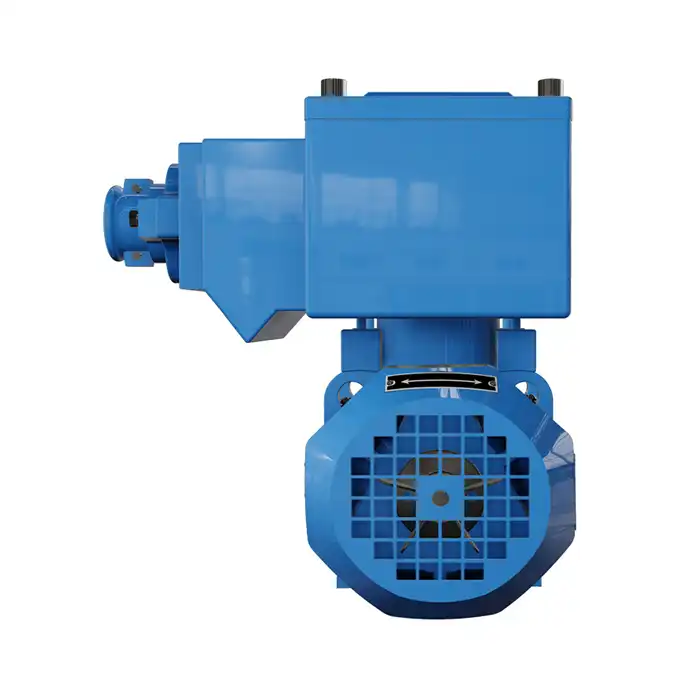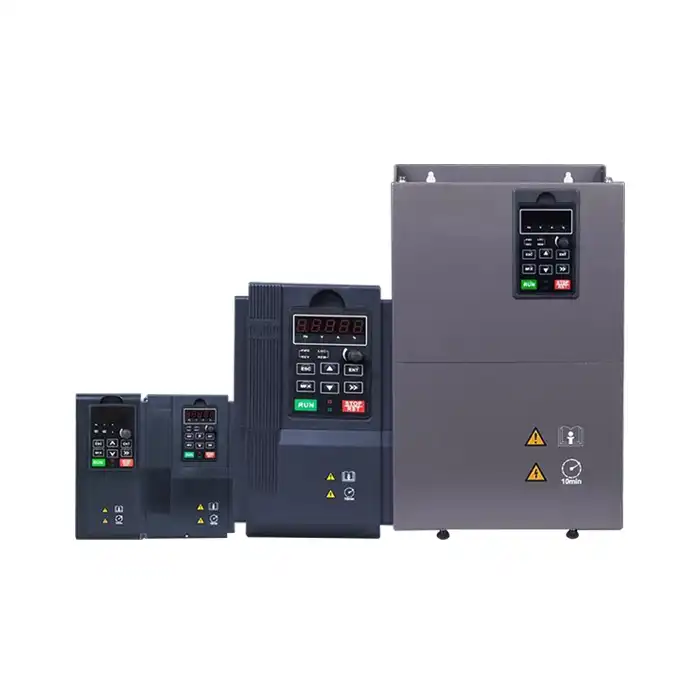Top 5 Advantages of Choosing IEC Low Voltage Motors
In the world of industrial machinery and automation, the choice of motor can significantly impact operational efficiency, cost-effectiveness, and overall performance. IEC low voltage motors have emerged as a popular choice across various industries due to their numerous advantages. This article explores the top five benefits of selecting these motors for your applications.
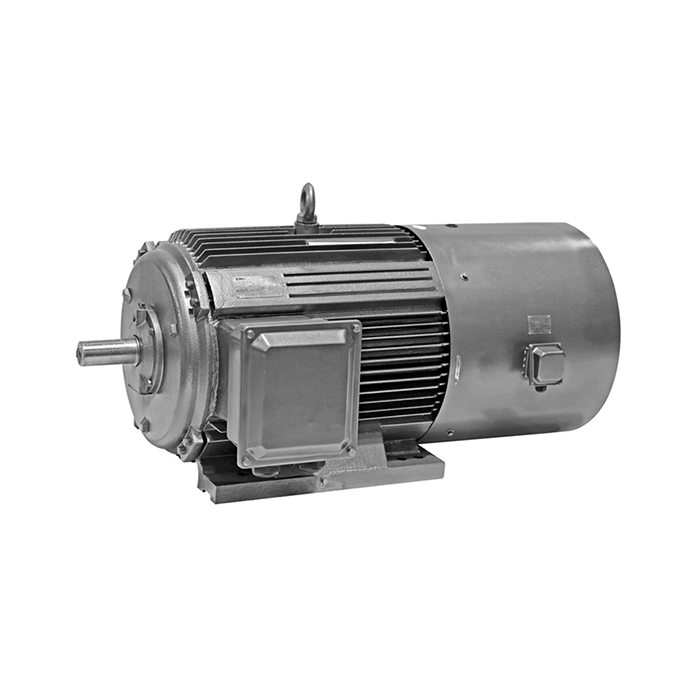
Series:YVFE4
Frequency conversion range:30hz~50hz,5hz~70hz,5hz~100hz
Power range:0.75-1000kW
Protection level:IP55
Application:are suitable for driving various mechanical equipment that require continuous and frequent forward and reverse rotation, such as steel rolling, lifting, transportation, machine tools, printing and dyeing, papermaking, chemicals, textiles, pharmaceuticals, etc., and can be used with various domestic and foreign variable frequency power supplies.
Advantage:high efficiency, wide speed range, high precision, stable operation, and easy operation and maintenance.
Certificate:installation dimensions comply with International Electrotechnical Commission (IEC) standards.
Others: SKF, NSK, FAG bearings can be replaced according to customer requirements.
Energy Efficiency: Cutting Costs and Carbon Footprint
One of the primary advantages of IEC low voltage motors is their exceptional energy efficiency. These motors are designed to minimize energy losses, resulting in reduced operational costs and a smaller environmental impact.
Reduced Power Consumption
IEC low voltage motors are engineered to operate with minimal power losses. This translates to lower electricity bills and improved overall efficiency in your industrial processes.
Long-Term Cost Savings
While the initial investment in high-efficiency motors may be higher, the long-term savings in energy costs often outweigh the upfront expenses. Over the lifespan of the motor, businesses can realize substantial cost reductions.
Environmental Benefits
By consuming less energy, these motors contribute to reducing greenhouse gas emissions associated with electricity generation. This aligns with global efforts to combat climate change and helps businesses meet their sustainability goals.
Standardization: Simplified Maintenance and Replacement
The standardization of IEC low voltage motors offers significant advantages in terms of maintenance, replacement, and overall lifecycle management.
Uniform Specifications
IEC standards ensure that motors from different manufacturers adhere to consistent specifications. This uniformity simplifies the process of selecting and replacing motors across various applications and locations.
Interchangeability
The standardized dimensions and mounting arrangements of IEC motors allow for easy interchangeability. This reduces downtime during replacements and simplifies inventory management for spare parts.
Simplified Maintenance Procedures
Standardization leads to more consistent maintenance procedures across different motor models. This can streamline training for maintenance staff and improve overall efficiency in motor upkeep.
Reduced Spare Parts Inventory
With standardized components, businesses can maintain a smaller inventory of spare parts that are compatible with multiple motor models, leading to cost savings and improved inventory management.
Global Compatibility: Seamless Integration Across Markets
The global compatibility of IEC low voltage motors provides significant advantages for businesses operating in international markets or those looking to expand their reach.
International Acceptance
IEC standards are recognized and accepted worldwide, ensuring that motors complying with these standards can be used in various countries without compatibility issues.
Simplified Export and Import
For businesses engaged in international trade, using IEC-compliant motors simplifies the process of exporting equipment or importing replacement parts, as these motors meet global standards.
Consistent Performance Across Regions
IEC low voltage motors deliver consistent performance regardless of the geographical location, ensuring reliability and predictability in diverse operating environments.
Ease of Compliance with International Regulations
As IEC standards often form the basis for national and regional motor regulations, using IEC-compliant motors can simplify the process of meeting various international regulatory requirements.
Reliability and Durability: Ensuring Long-Term Performance
IEC low voltage motors are renowned for their reliability and durability, making them a trusted choice for demanding industrial applications.
Robust Construction
These motors are built to withstand harsh industrial environments, featuring sturdy construction that can endure vibrations, temperature fluctuations, and other challenging conditions.
Extended Operational Lifespan
The high-quality materials and precision engineering used in IEC motors contribute to an extended operational lifespan, reducing the frequency of replacements and associated downtime.
Consistent Performance
IEC low voltage motors are designed to maintain consistent performance over time, ensuring stable operation and predictable output throughout their lifecycle.
Lower Maintenance Requirements
The robust design and high-quality components used in these motors often result in lower maintenance requirements, reducing the total cost of ownership over time.
Versatility: Adaptable to Various Applications
The versatility of IEC low voltage motors makes them suitable for a wide range of industrial applications, offering flexibility and adaptability.
Wide Power Range
IEC low voltage motors are available in a broad range of power outputs, typically from 0.75kW to 1000kW, catering to diverse application requirements.
Variable Speed Capabilities
Many IEC motors are designed to work effectively with variable frequency drives, allowing for precise speed control and improved energy efficiency in applications requiring variable speeds.
Diverse Industry Applications
These motors find applications across numerous industries, including manufacturing, HVAC, water treatment, and renewable energy sectors, demonstrating their adaptability to various operational needs.
Customization Options
While adhering to standardized specifications, IEC motors often offer customization options to meet specific application requirements, such as special shaft configurations or enhanced protection classes.
Conclusion
The advantages of choosing IEC low voltage motors extend beyond energy efficiency and standardization. Their global compatibility, reliability, and versatility make them an excellent choice for businesses seeking high-performance, cost-effective motor solutions. By opting for these motors, companies can enhance their operational efficiency, reduce maintenance costs, and ensure compliance with international standards.
Are you looking to upgrade your industrial equipment with reliable, efficient, and globally compatible motors? Shaanxi Qihe Xicheng Electromechanical Equipment Co., Ltd. specializes in providing high-quality power equipment solutions, including IEC low voltage motors. Our products cater to a wide range of industries, from manufacturing and process control to HVAC and renewable energy sectors. We're committed to offering energy-efficient, low-consumption, and stable power equipment, along with prompt pre-sales and after-sales support. To learn more about how our IEC low voltage motors can benefit your operations, please contact us at xcmotors@163.com. Let us help you power your success with the right motor solutions.
References
1. International Electrotechnical Commission. "IEC 60034-30-1:2014 Rotating electrical machines - Part 30-1: Efficiency classes of line operated AC motors (IE code)." IEC, 2014.
2. Bartheld, R. G., and T. Pecoraro. "The Premium Efficiency Motor Standard NEMA Premium and IEC 60034-30-1." IEEE Industry Applications Magazine, vol. 23, no. 1, 2017, pp. 73-79.
3. De Almeida, A. T., et al. "Improving the Penetration of Energy-Efficient Motors and Drives." European Commission, Directorate-General for Transport and Energy, SAVE II Programme, 2000.
4. Brunner, C. U., et al. "Electric Motor Systems: Global Energy Savings Potential and Policy Opportunities." IEA 4E Electric Motor Systems Annex, 2018.
5. Donolo, P., et al. "Energy Efficiency in Electric Motors: The Impact of the New IEC 60034-30-1 Standard." IEEE Industry Applications Magazine, vol. 22, no. 1, 2016, pp. 34-44.
6. Waide, P., and C. U. Brunner. "Energy-Efficiency Policy Opportunities for Electric Motor-Driven Systems." International Energy Agency, 2011.



